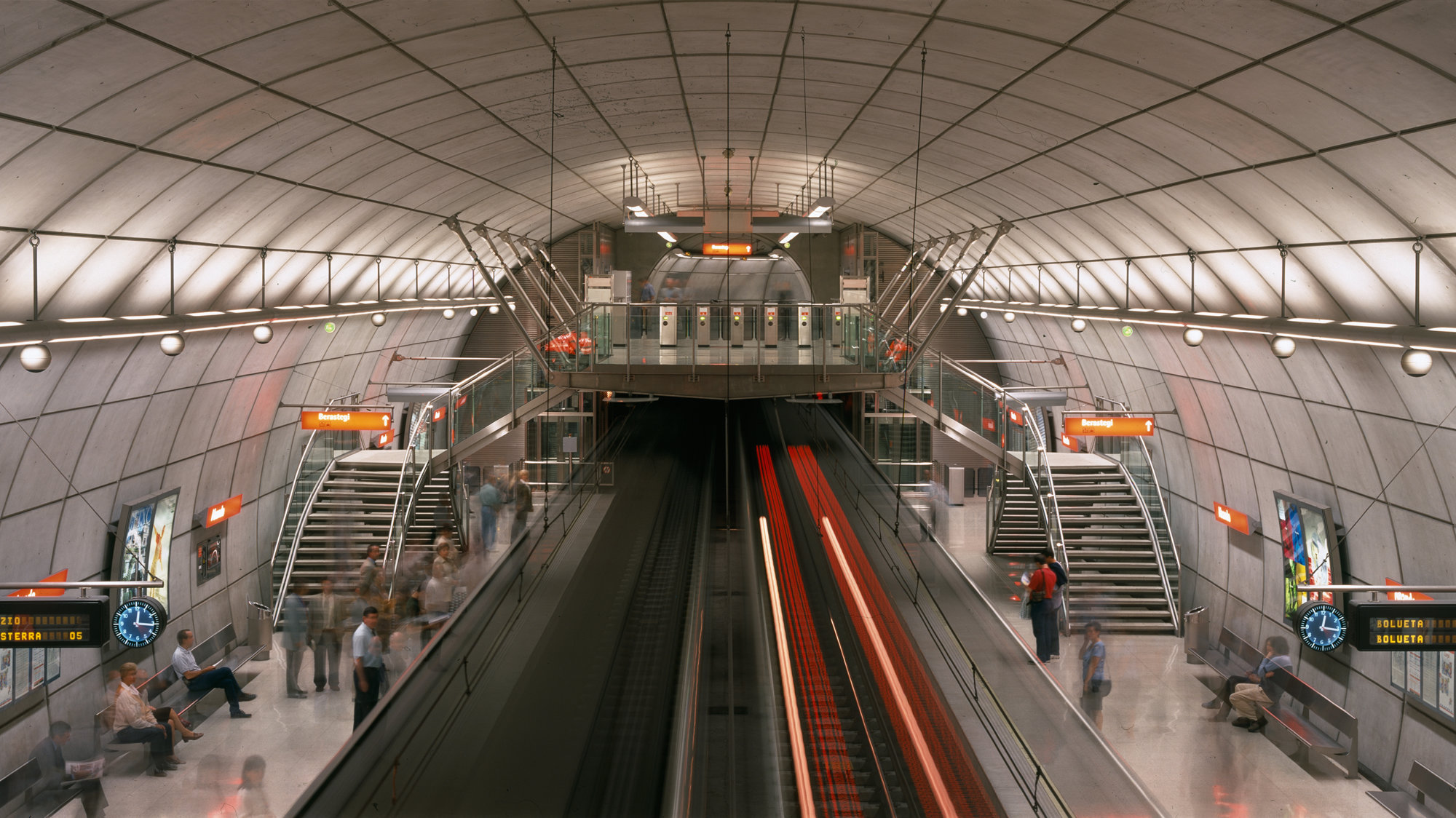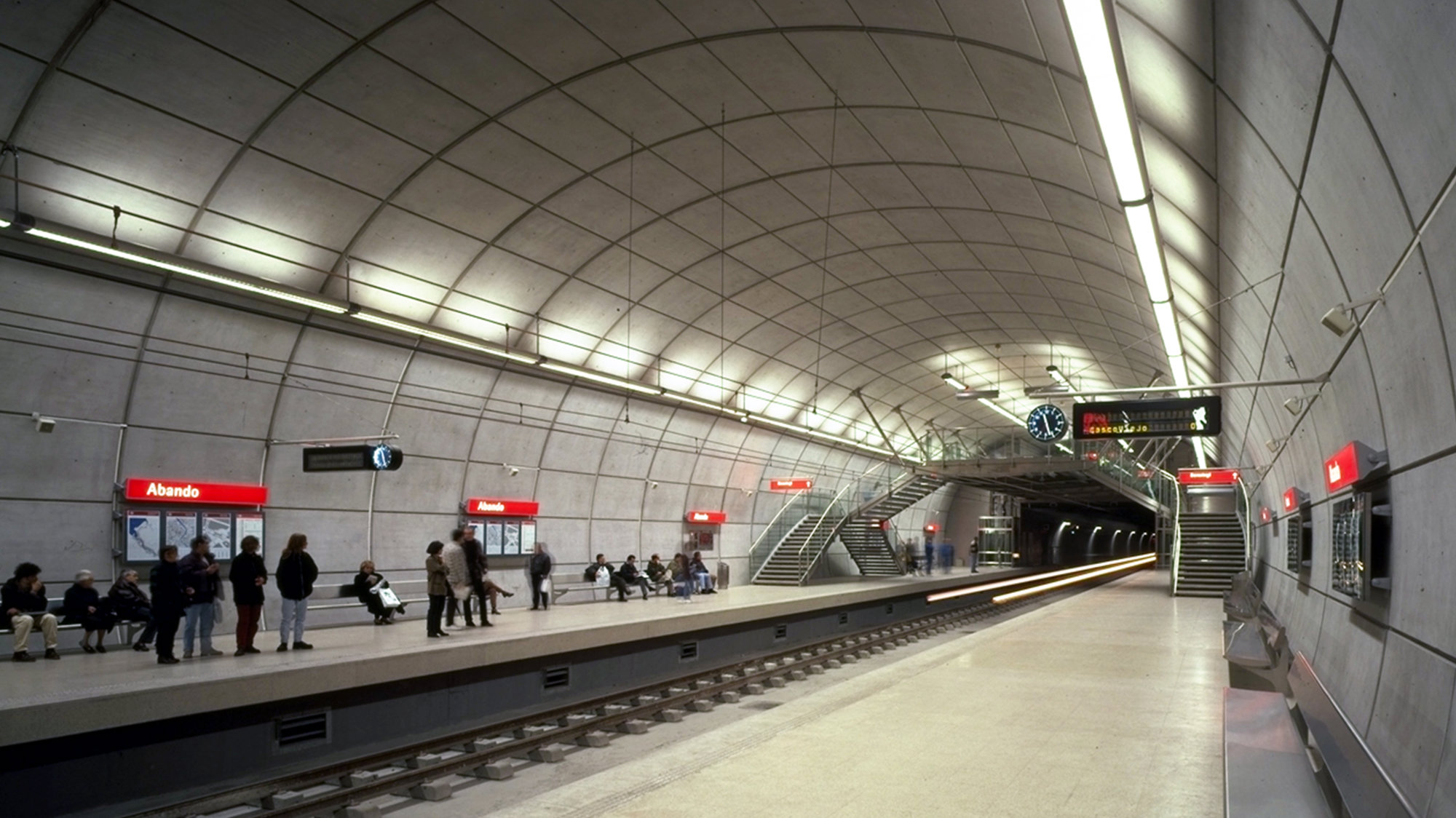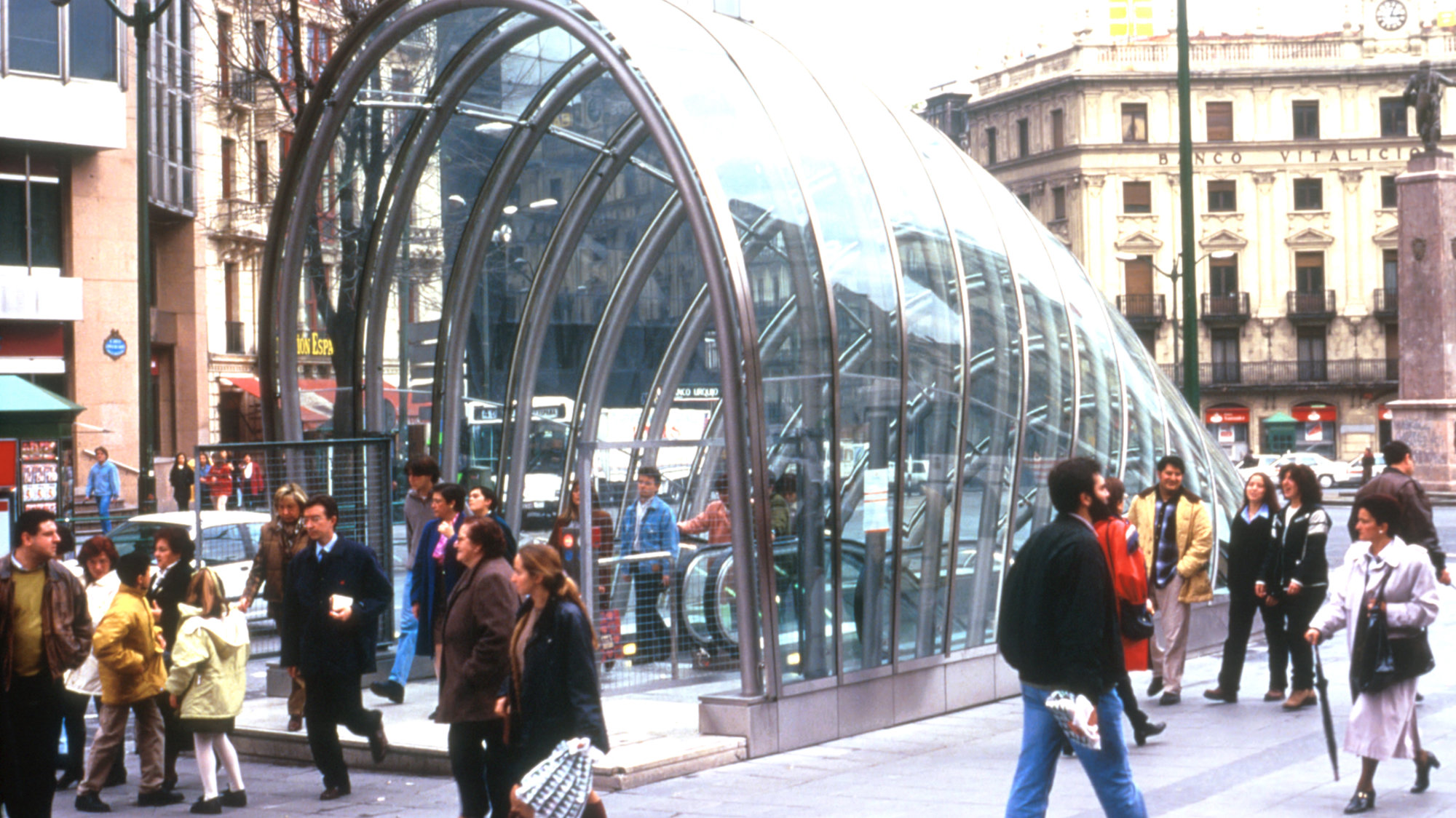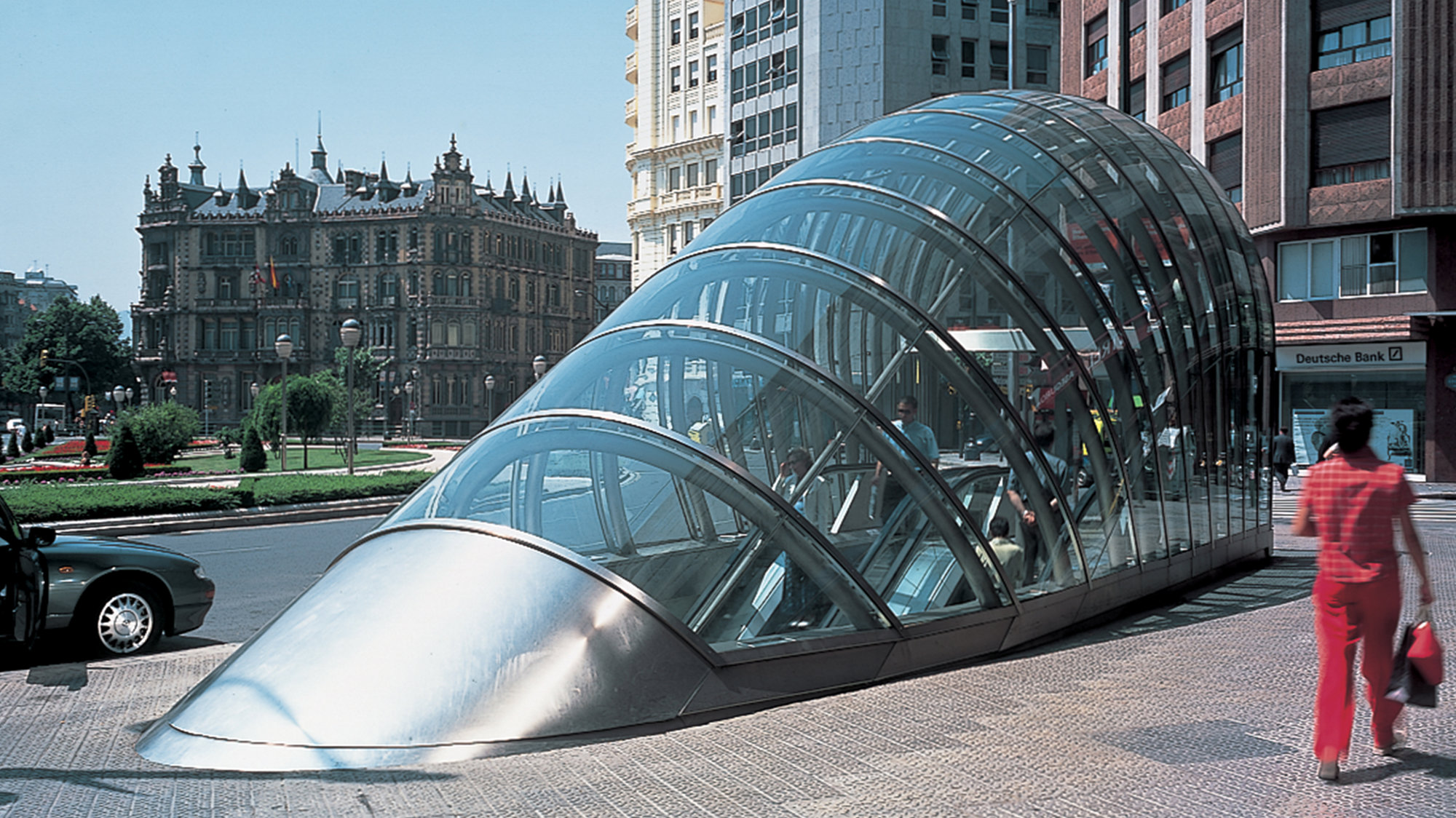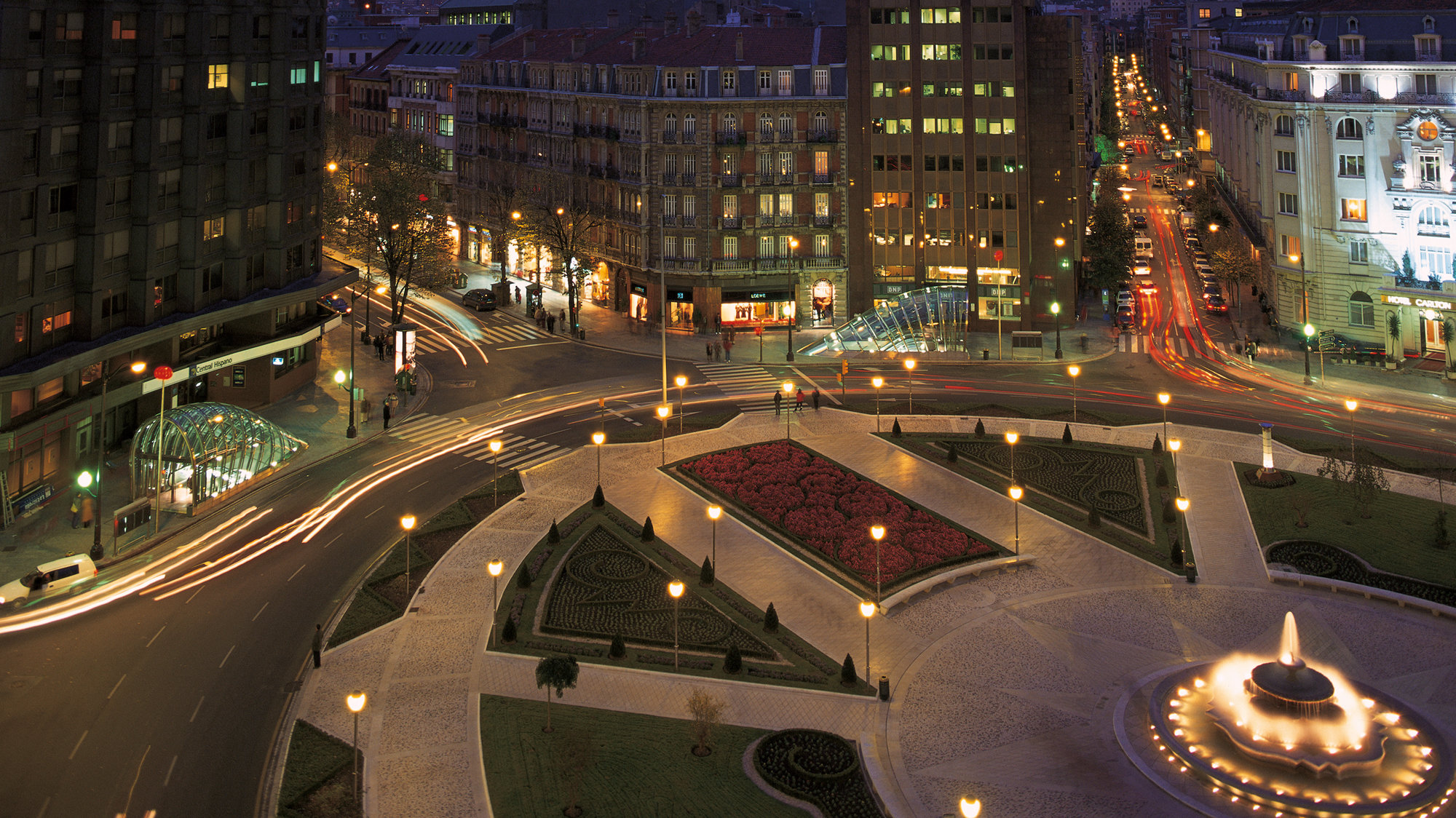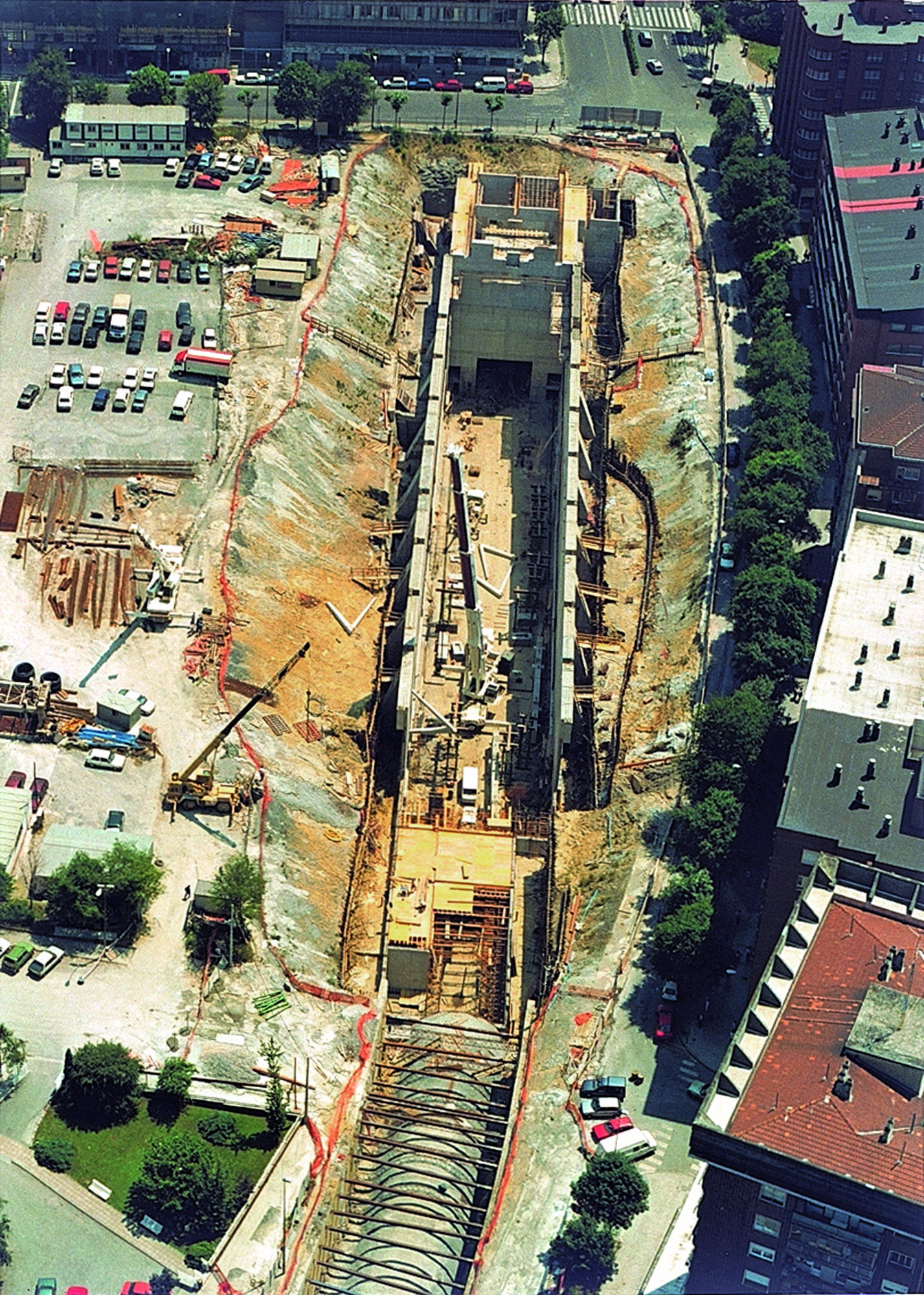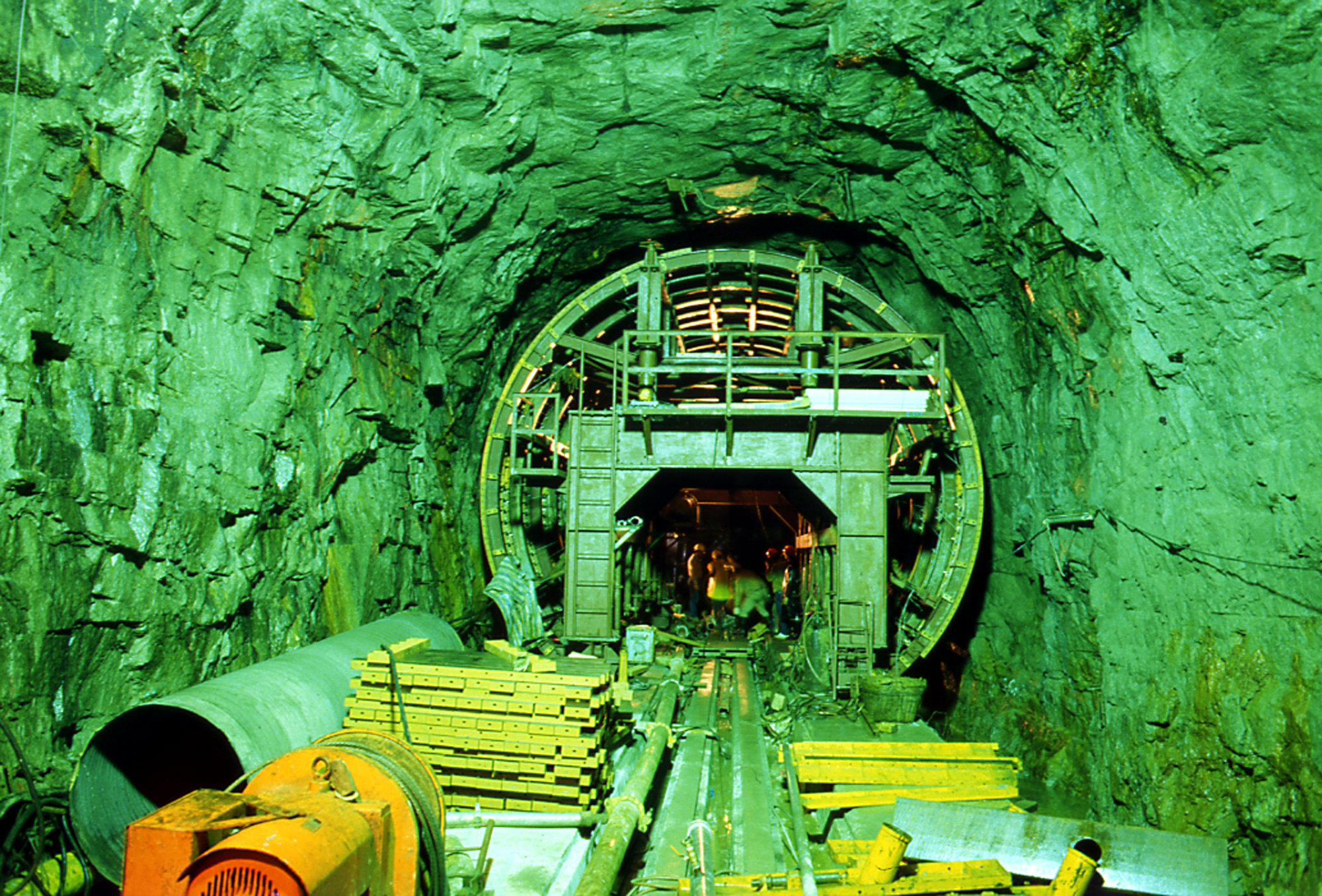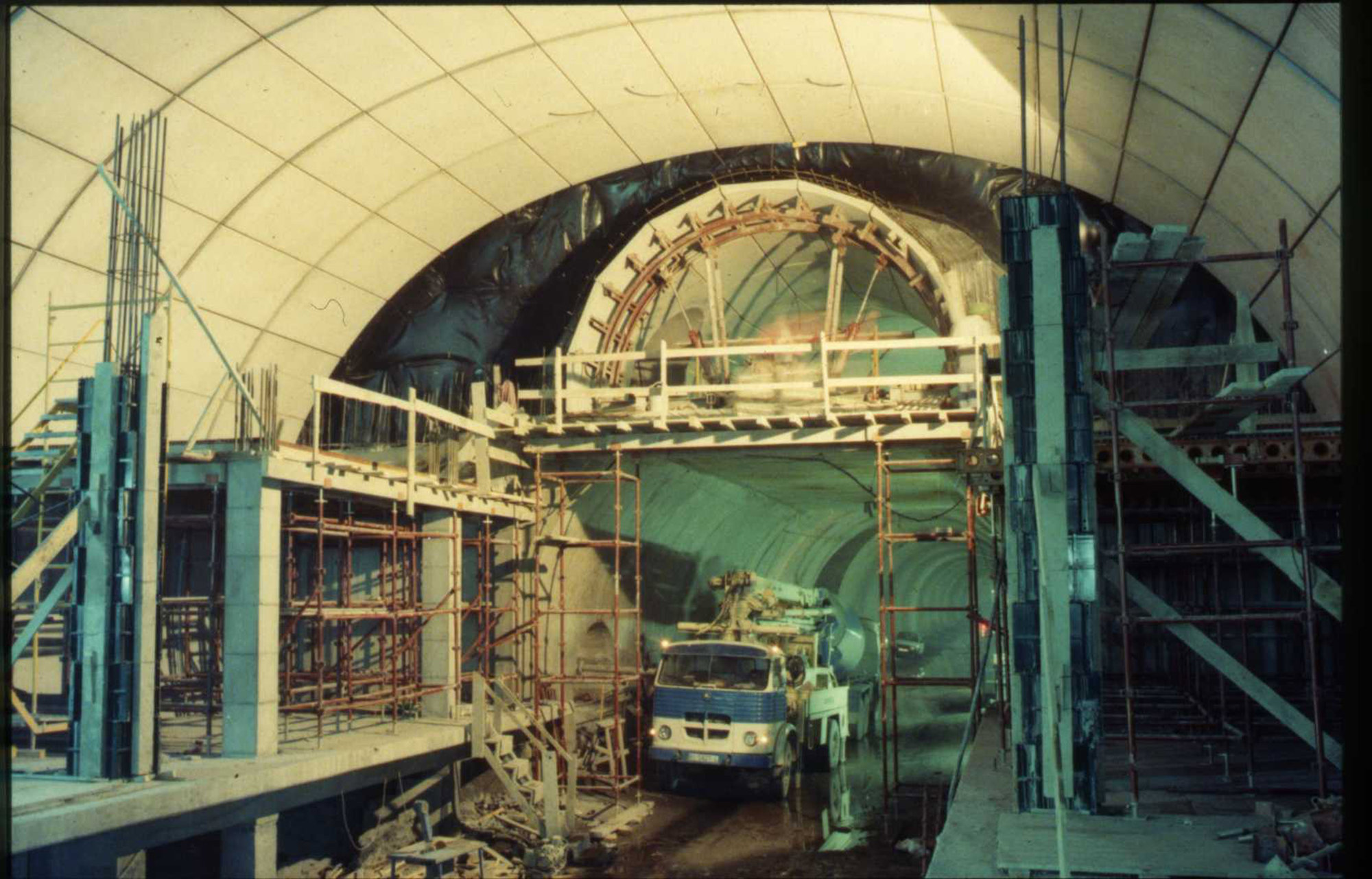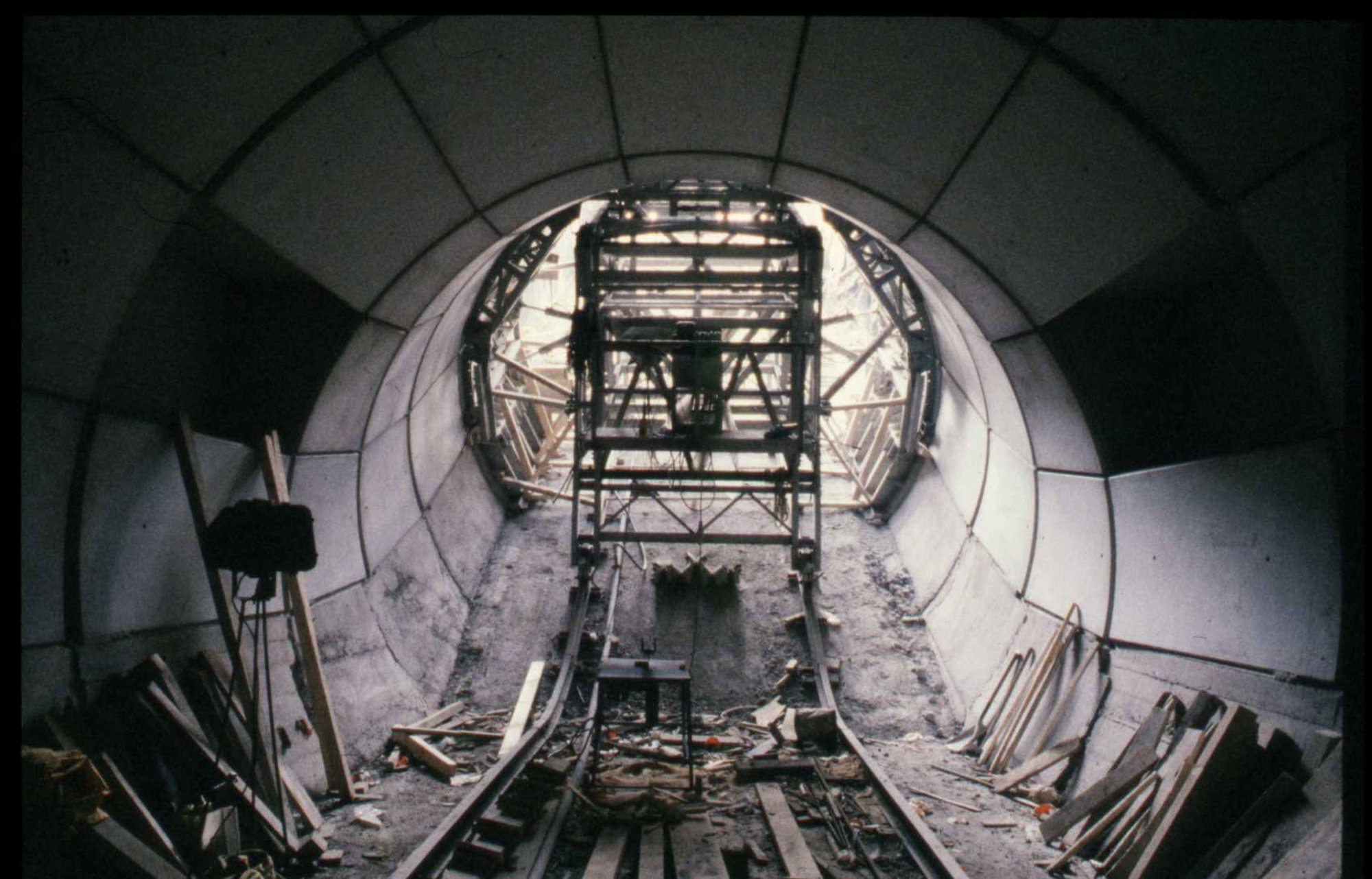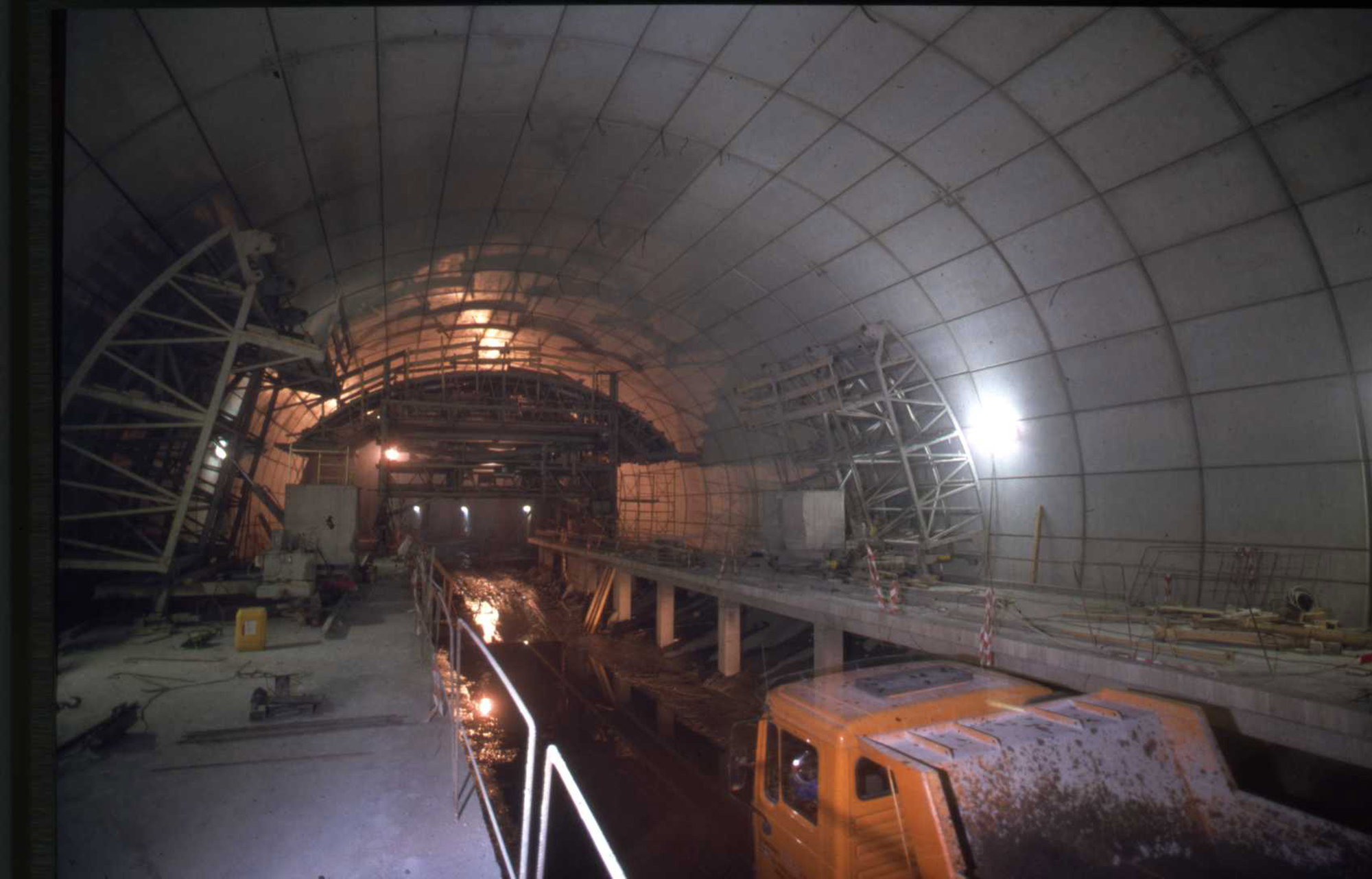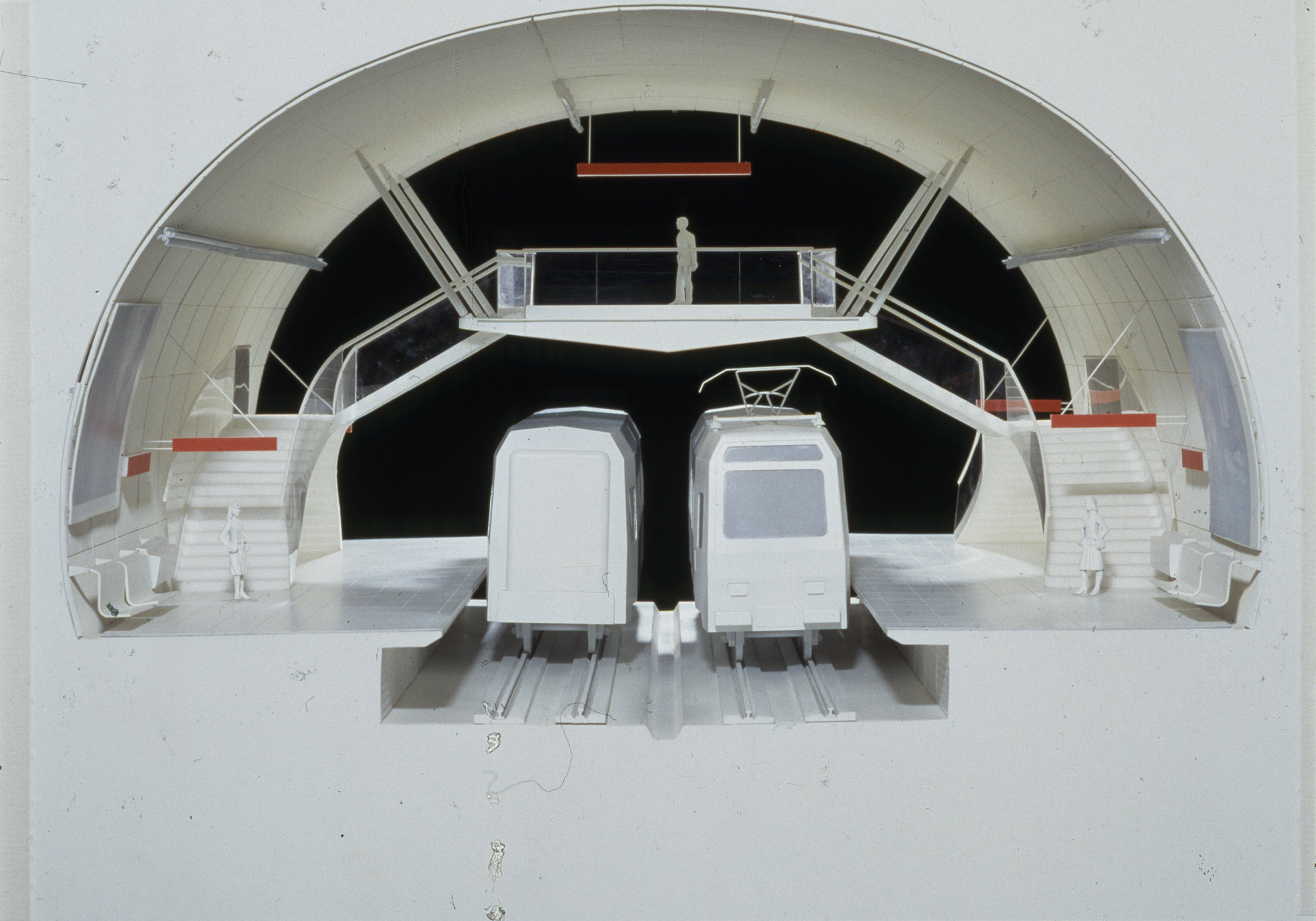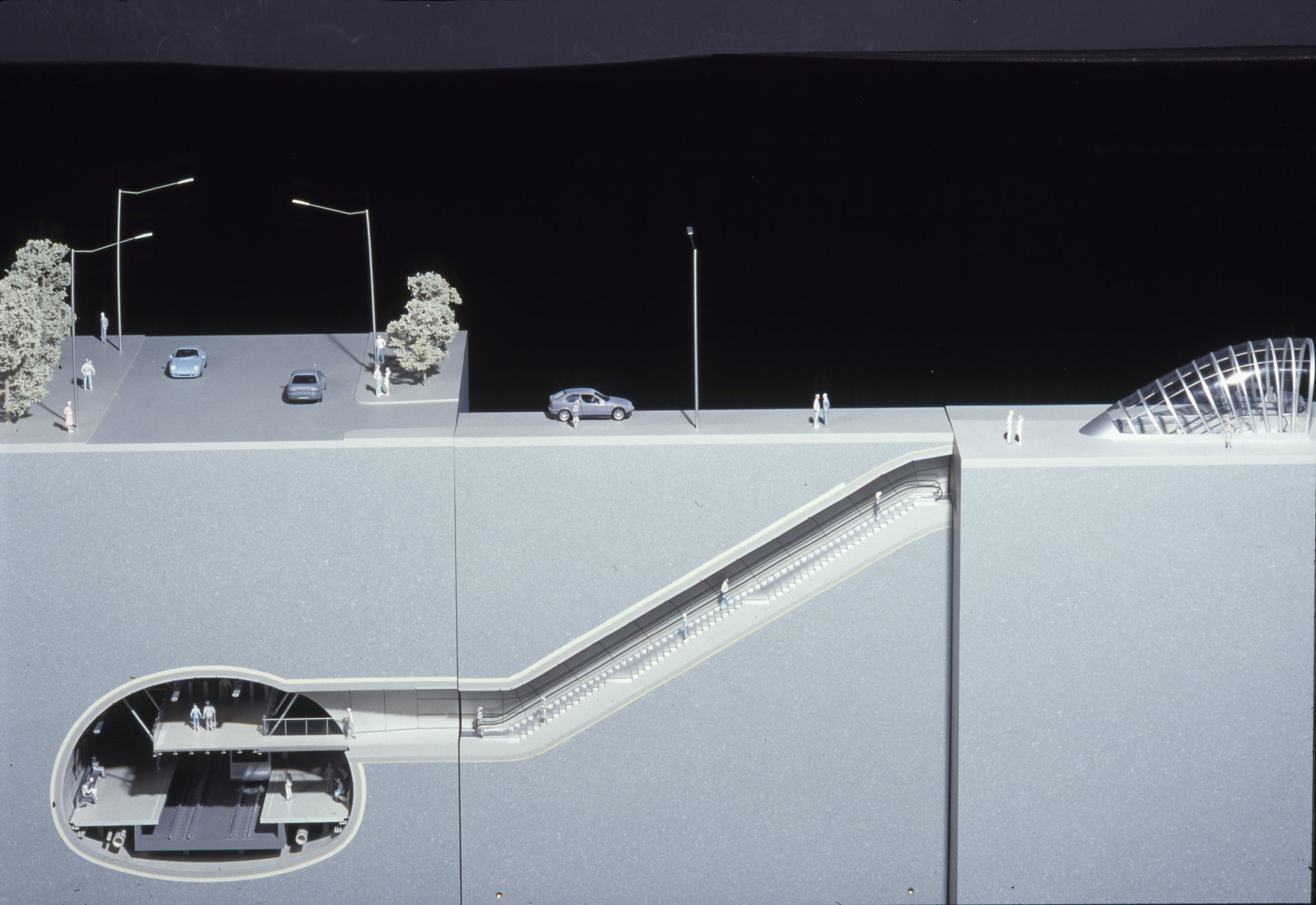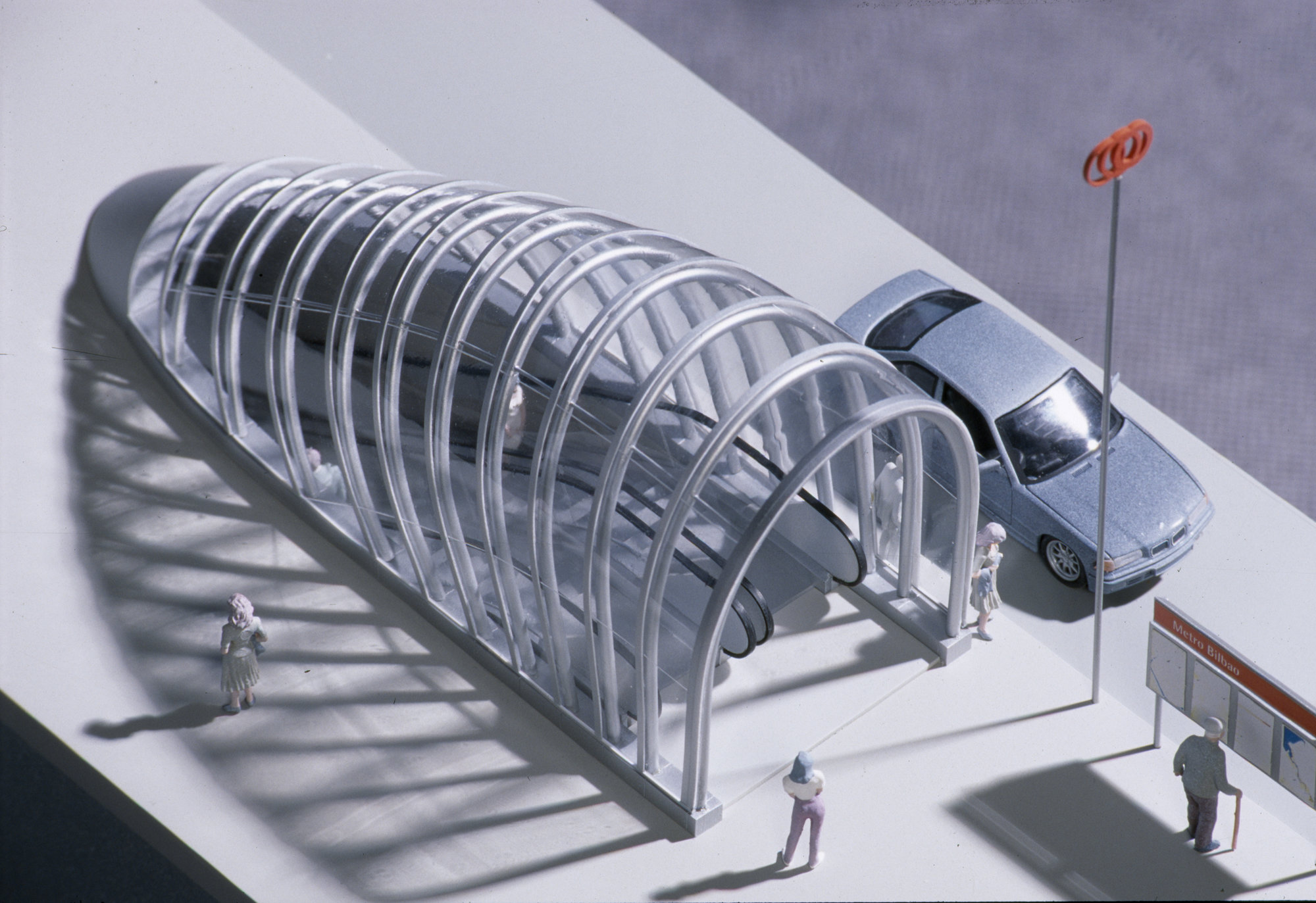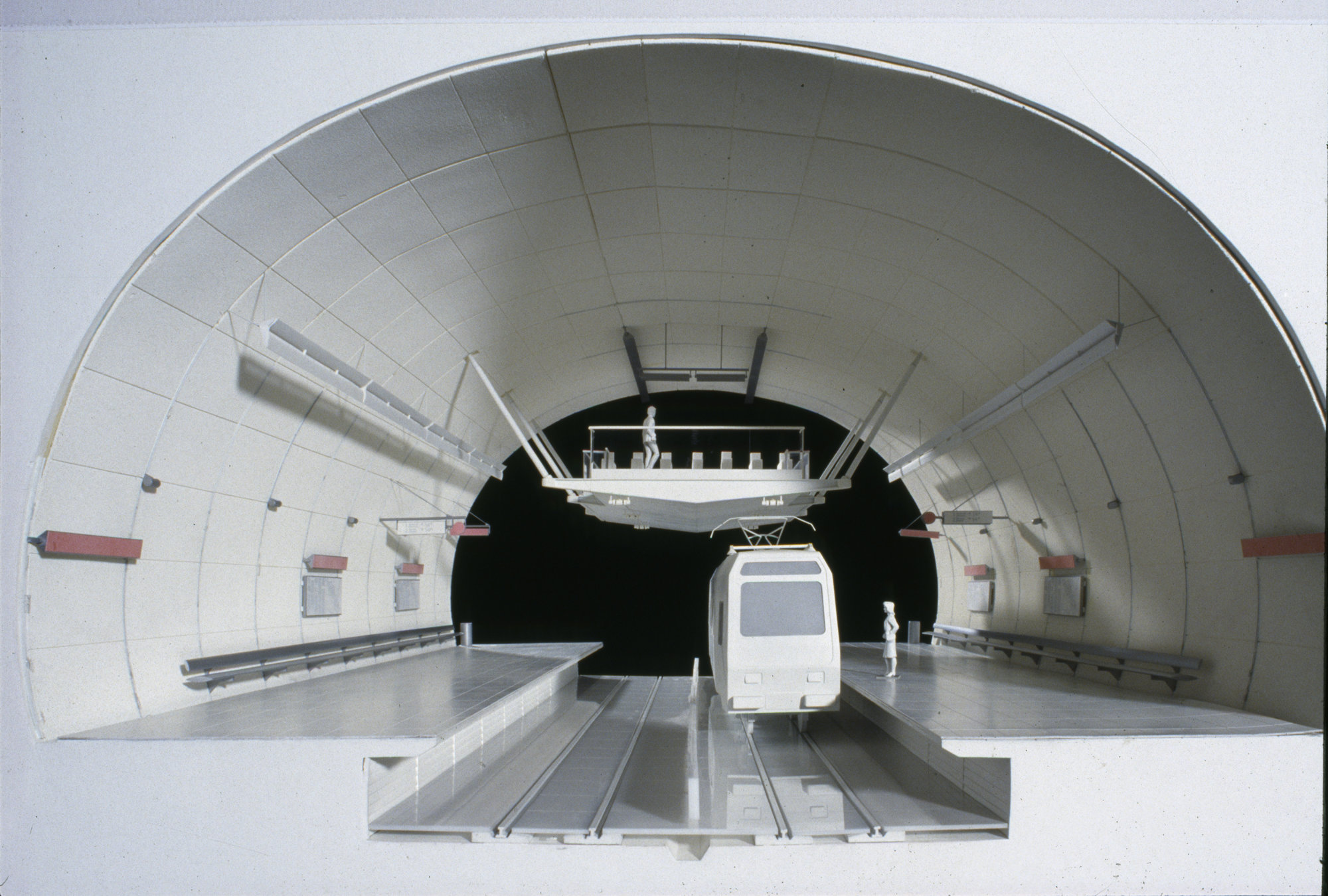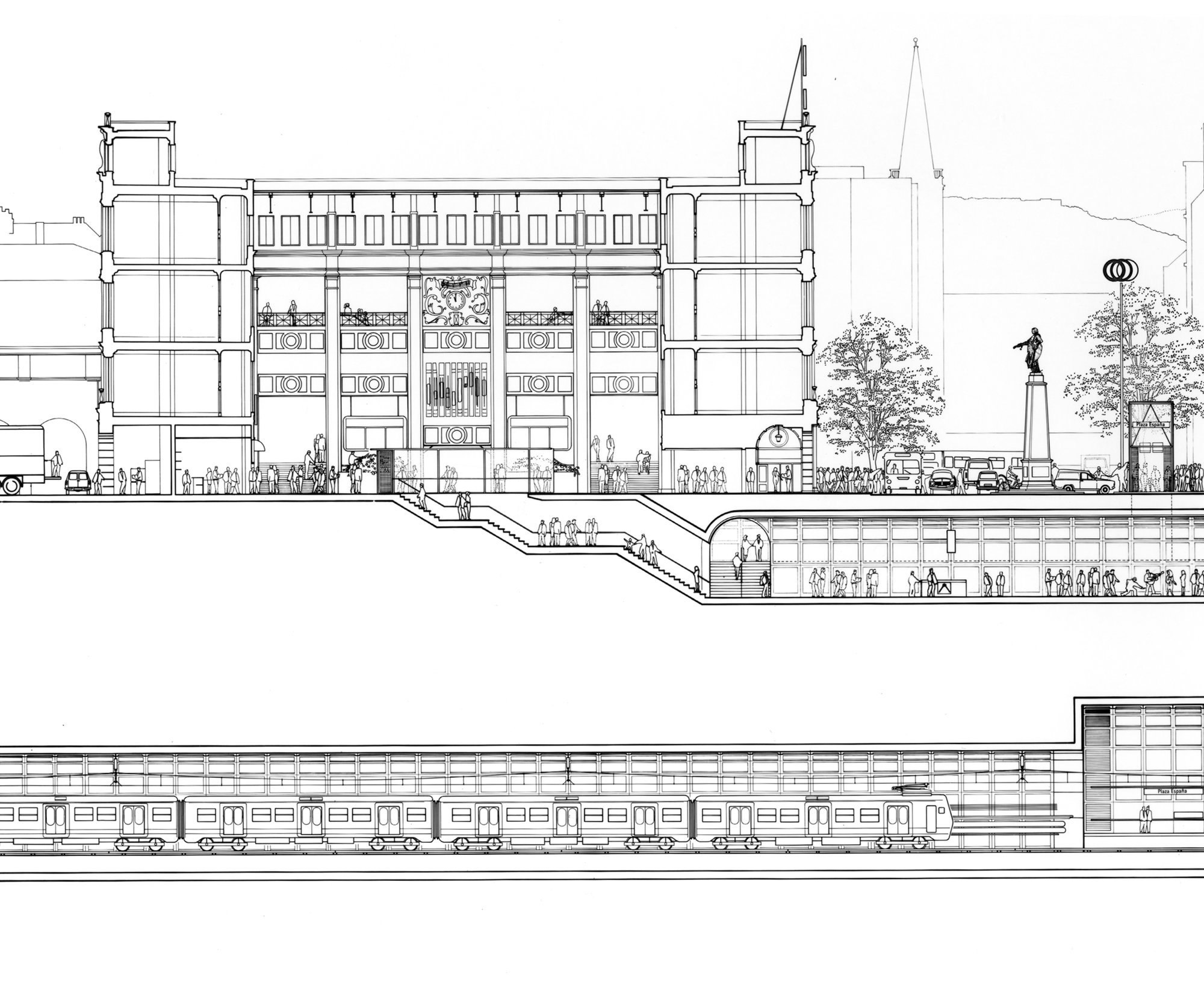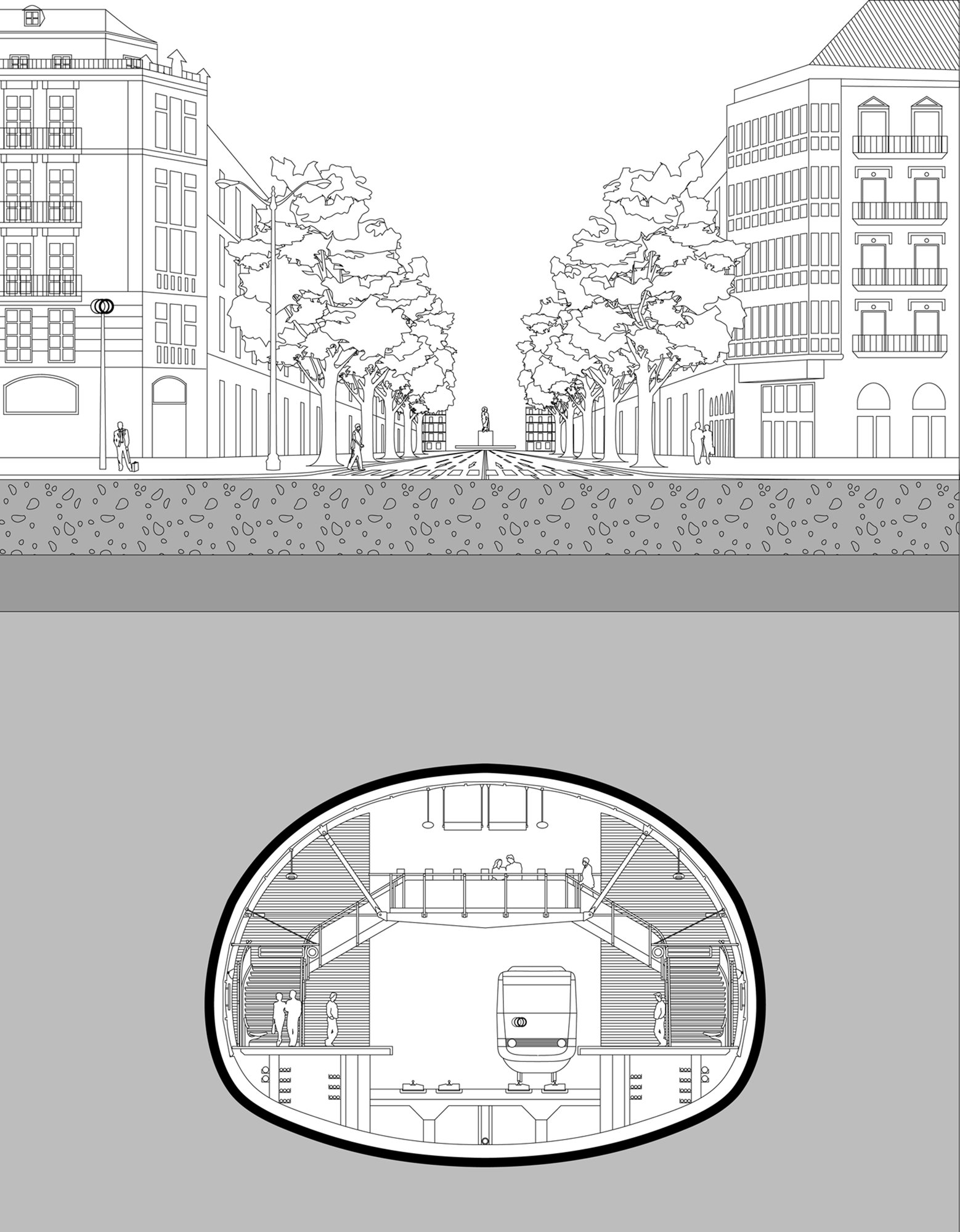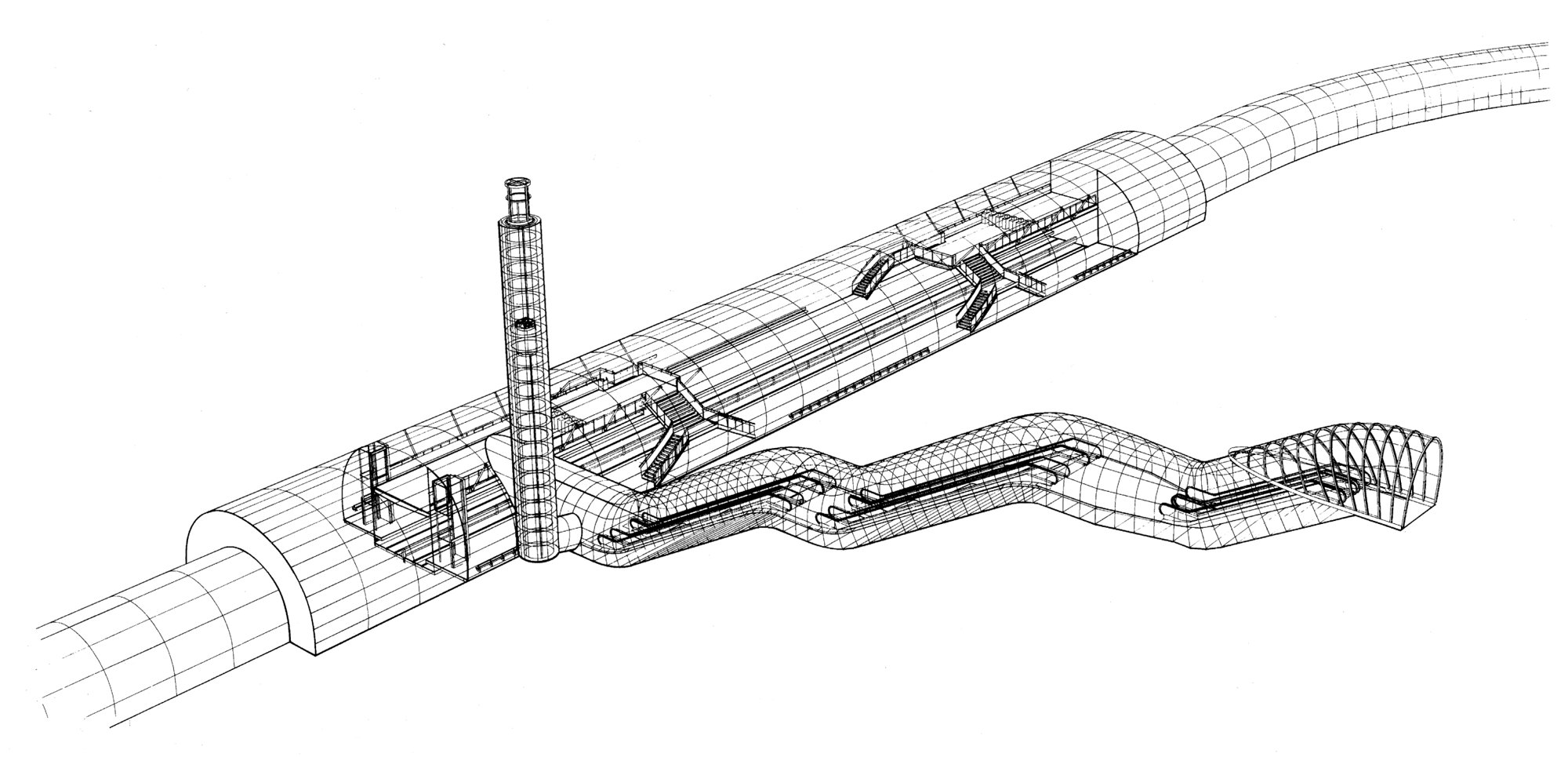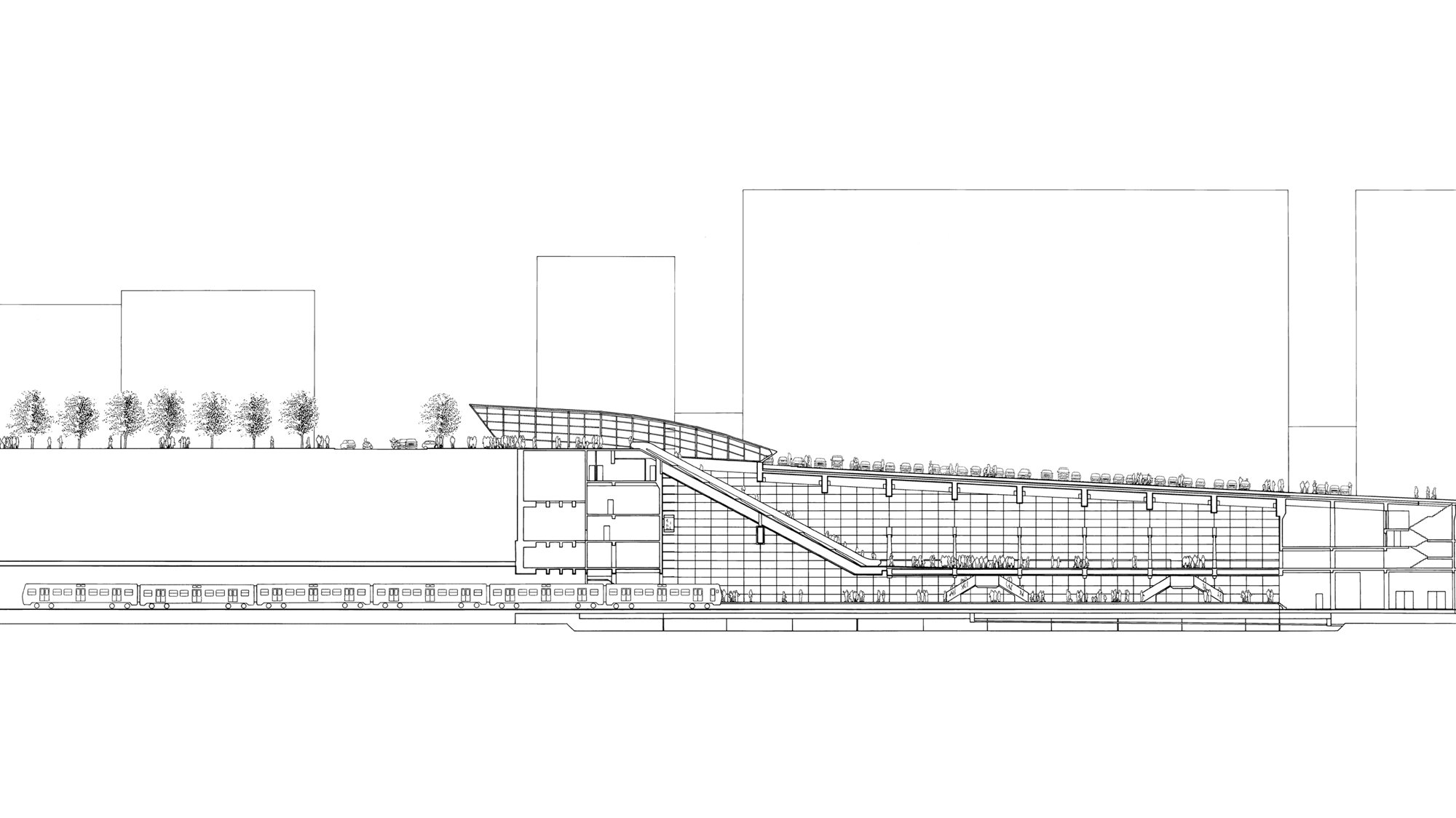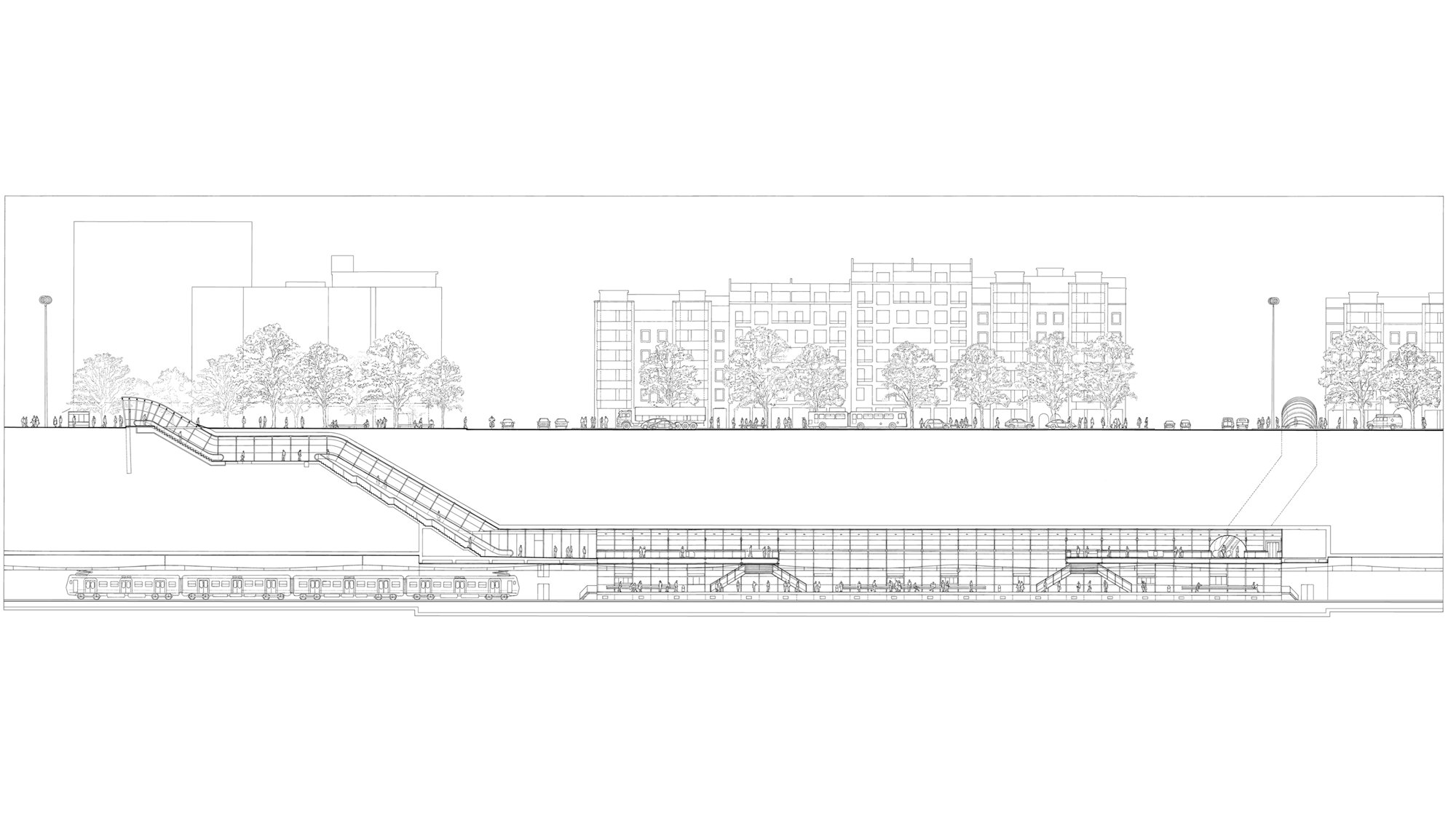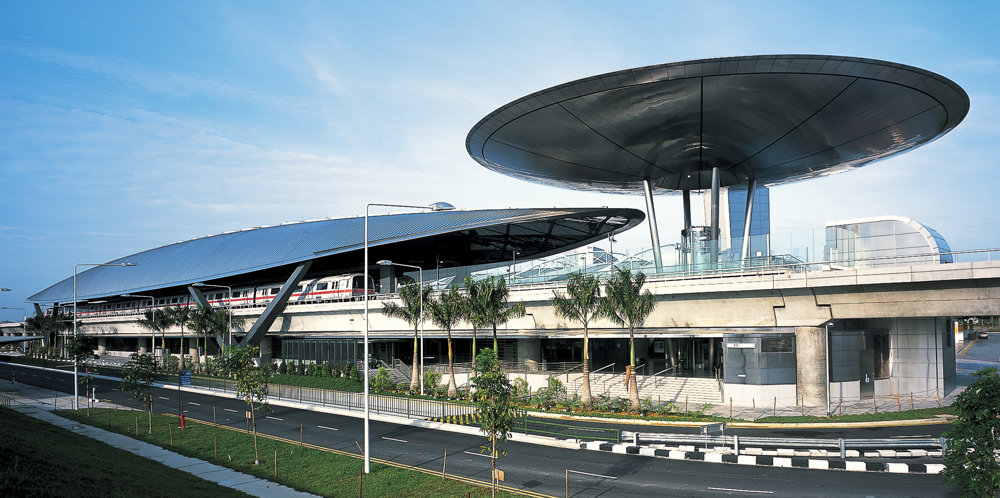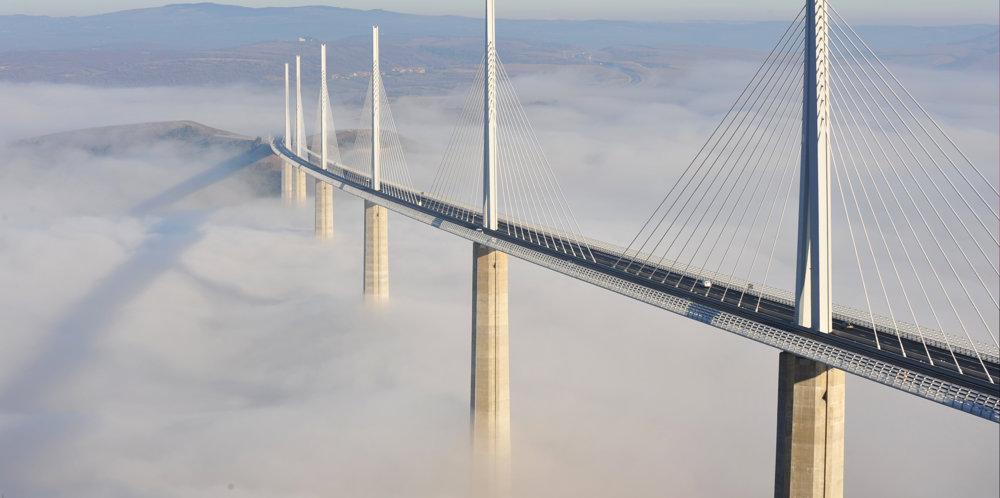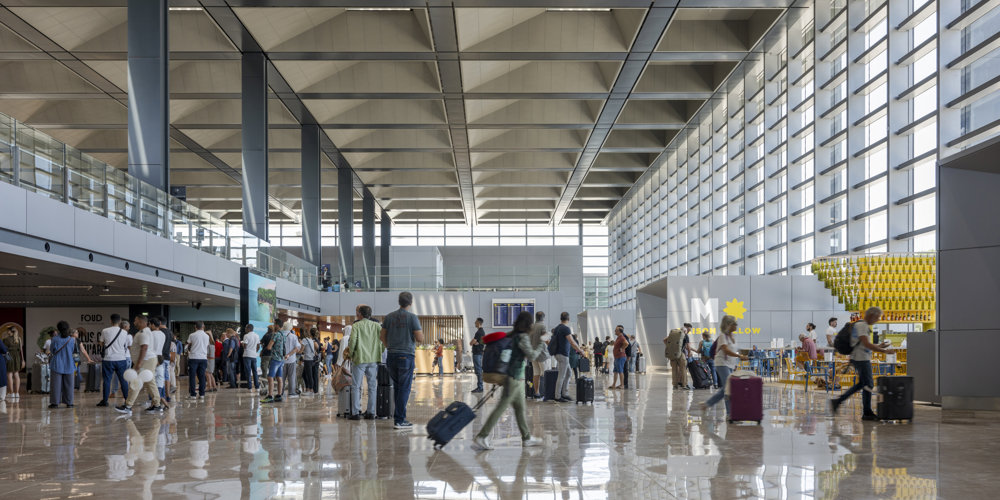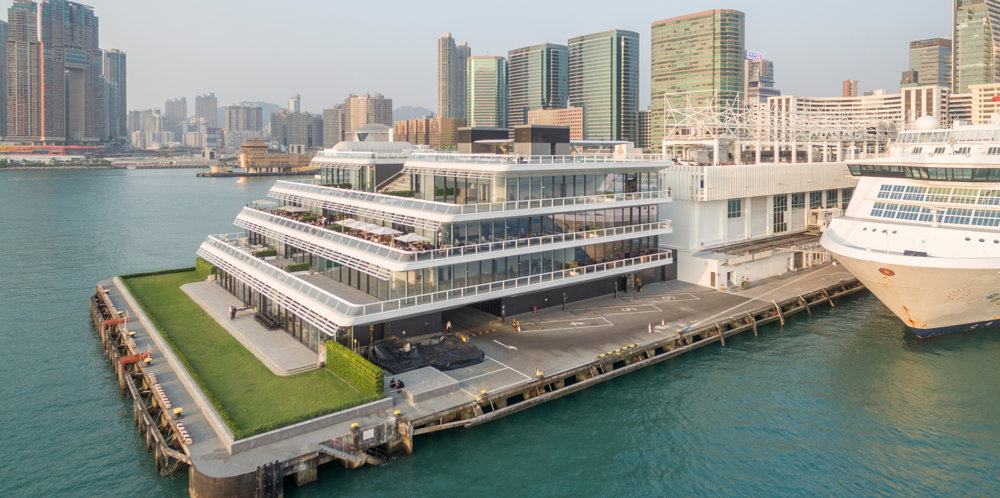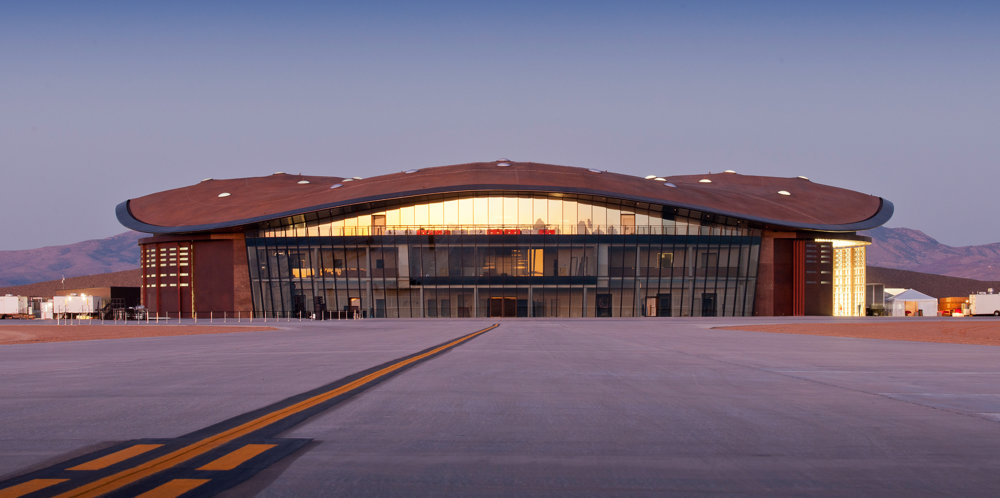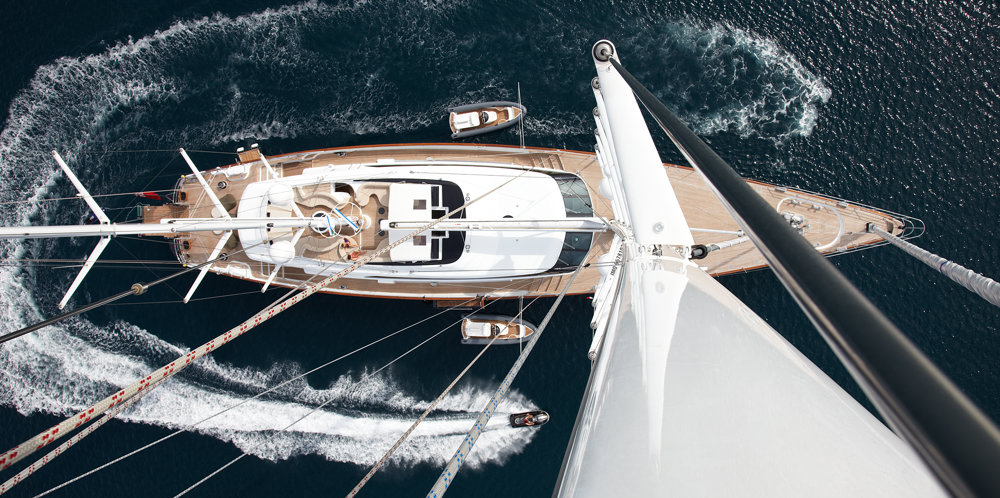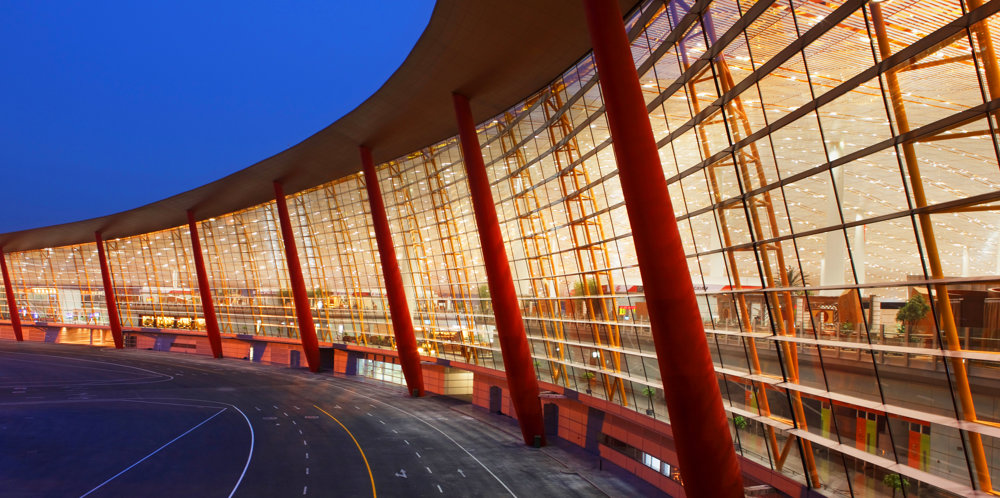A metro system is an excellent demonstration of how the built environment can influence the quality of our daily lives. The construction of tunnels for trains is usually considered in isolation from the provision of circulation spaces for people, even though they are part of a continuous experience for the traveller, starting and ending at street level. Designed and constructed in two phases to create a pair of interconnecting underground lines along the banks of the River Nervión, the Bilbao Metro is unusual in that it was conceived as a totality: from the beginning, architectural, engineering, construction and graphic design skills were integrated within a shared vision.
The majority of subway systems today are difficult to negotiate, ultimately relying on complex signage systems to tell you where to go. In Bilbao, in contrast, the architecture itself is designed to be legible: the routes in and out − via escalators or glazed lifts − lead travellers directly to the generous station caverns; and the caverns themselves are high enough to accommodate stainless-steel mezzanines and staircases above the level of the trains. The experience of moving through a single grand volume in this way is dramatic, and the concept offers a high degree of flexibility for future change. The curved forms of these spaces are expressive of the enormous forces they are designed to withstand, while their construction reflects Bilbao's great engineering tradition - the Spanish engineers who pioneered the use of mobile gantries for the aerospace industry exploited this technology to erect the prefabricated concrete panels that line the stations.
The glassy entrance canopies − or 'Fosteritos' − that announce the inner-city Line 1 stations at street level are as special to Bilbao as the Art Nouveau Métro entrances are to Paris. Their shape is evocative of inclined movement and generated by the profile of the escalator tunnels as they rise up to pavement level. The canopies admit natural light by day, and are illuminated at night, forming welcoming beacons in the streetscape. On Line 2, where the deep-cut stations made it impossible to use escalators, banks of lifts create iconic and easily recognisable entrance points at street level.









